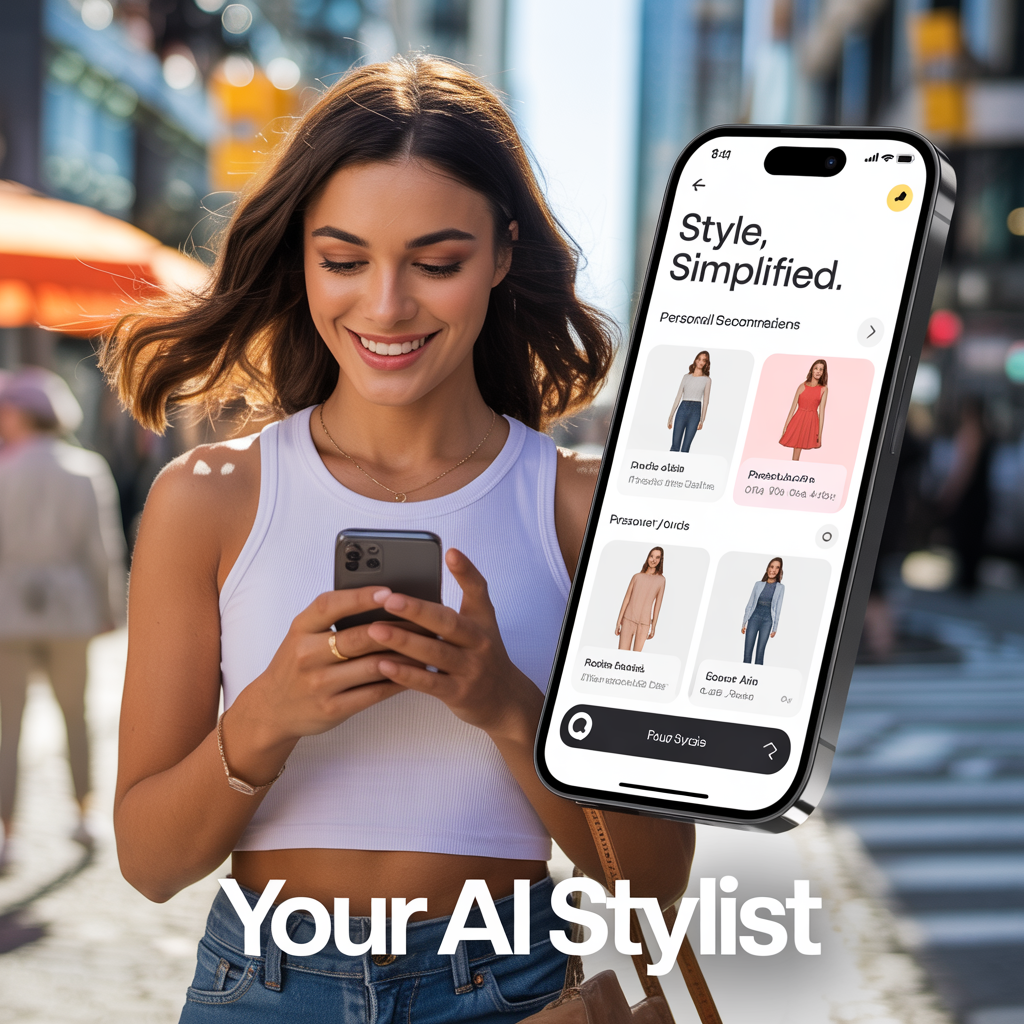Revolutionizing Mobile Shopping: How Conversational AI is Becoming Your Personal Stylist
By Pawan | Publish Date: 7/31/2025 3:16:15 PM | Update Date:

🛍️ Revolutionizing Mobile Shopping: How Conversational AI is Becoming Your Personal Stylist
In the ever-evolving world of e-commerce, customer expectations have reached new heights. Gone are the days when users were satisfied with static product lists and generic recommendations. Today’s shoppers demand intelligent, personalized, and intuitive experiences — and mobile apps are stepping up to meet those demands using Conversational AI.
One of the most exciting innovations in this space is the rise of AI-powered personal stylist assistants within mobile shopping apps. These digital stylists don't just recommend clothes — they understand your preferences, mood, and context, offering a truly personalized shopping journey.
🧠 What is a Conversational AI Personal Stylist?
A Conversational AI Personal Stylist is a smart assistant embedded in an e-commerce mobile app. It uses natural language processing (NLP), machine learning, and sometimes computer vision to:
- Chat with the user in real-time
- Ask questions about their style preferences, budget, occasion, or mood
- Recommend curated products based on that data
- Assist with outfit matching, size suggestions, and even checkout
It’s like having a fashion-savvy friend available 24/7 — right inside your phone.
✨ Key Features of an AI Stylist in Mobile E-commerce Apps
1. Conversational Recommendations
Instead of scrolling endlessly, users can simply type or say, “Show me something classy for a dinner date under $100,” and receive curated suggestions instantly.
2. Style Matching and Outfit Coordination
The AI can suggest full outfits based on a single item or recommend alternatives that match a user’s existing wardrobe (which the app can track if synced).
3. Mood and Occasion Awareness
By detecting tone or reading cues like “vacation,” “job interview,” or “rainy day,” the assistant adapts recommendations to fit the situation — making it more humanlike and helpful.
4. Size and Fit Predictions
Using past purchases, return history, and body profile data, the AI can suggest the most likely size — reducing returns and improving customer satisfaction.
5. Voice and Chat-Enabled Interface
Many apps now support voice assistants or AI-powered chat interfaces, allowing hands-free and intuitive browsing.
🔧 How It Works Under the Hood
- Natural Language Processing (NLP): Understands user intent and conversational context.
- Recommendation Systems: Uses collaborative filtering, content-based filtering, and neural networks to make personalized suggestions.
- User Behavior Analytics: Tracks clickstreams, purchase history, and feedback to continuously learn.
- Edge AI or Cloud AI: Processes data either locally on the device or in the cloud, depending on privacy needs and app capabilities.
🚀 Real-World Examples & Trends
- Zalando and ASOS are experimenting with AI stylists.
- Amazon’s StyleSnap allows users to upload photos and get similar product suggestions.
- Apple’s Personal Intelligence (iOS 18) and Google Gemini Nano are enabling fast, private, on-device AI.
💡 Why This Matters
Shoppers are overwhelmed by choice. Conversational AI simplifies the journey, makes shopping fun again, and increases conversion rates for brands. It’s not just a novelty — it’s a smart business move.
🌐 The Future of Shopping Is Personal and Conversational
The next generation of e-commerce apps won’t feel like apps at all — they’ll feel like conversations with a trusted stylist who knows you inside and out. With AI handling the complexity behind the scenes, users get a smooth, delightful shopping experience that’s uniquely their own.
Are you building an app in fashion or retail? This is the time to integrate AI-powered assistants and give your users the smart, personalized service they expect.


